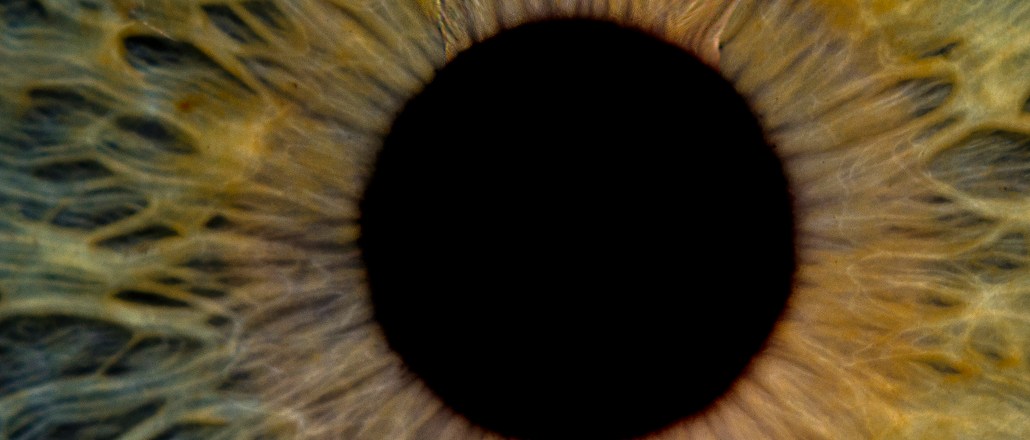
The rise of viewability on mobile is already having a big impact on the designs of publishers’ mobile sites.
While the industry has yet to settle on a permanent mobile viewability standard, media outlets are nonetheless tweaking their ad placements to get in line. The most prevalent trend is placing the ads high up on the page, where readers are likely to see them on first glance. The mobile sites of Business Insider, The Atlantic and Wired, for example, all display 300 x 250 banners directly below their navigation bars, above their article headlines.
“The topmost region is quickly becoming a well-regarded ‘safe zone,’” said Dan Saltzman, director of user experience at EffectiveUI, a design consulting firm. “As new scrolling paradigms and fixed bottom nav areas have become more popular, the top area provides a sure spot for true impressions.” Still, he added, mobile ad placement remains a moving target for publishers.
Other publishers have gone in the opposite direction by placing ads further down the page. On Forbes’ mobile site, ads are coded to appear below the third and fifth paragraph of every story (Digiday takes a similar approach). Others, such as Quartz, display them between articles in its continuous scroll. From a viewability perspective, this makes more sense. Because mobile screens encourage rapid swiping and scrolling, ads often load long after readers have a chance to actually see them.
The bottom line: When it comes to the optimal mobile ad placement, there’s no standard.
Ad position: web_incontent_pos1
“Publishers are doing what they always do, which is look at their competitors and copying what they see other people doing without knowing what’s effective,” said Dan Maccarone, CEO of design firm Charming Robot. “At the same time, they are also really trying to figure this stuff out. A lot of these publishers are experimenting with things right now and seeing what sticks — like throwing spaghetti at the wall, really.”
Optimizing mobile ads has become an urgent task for publishers, which are seeing 50 percent of their traffic or more coming from mobile devices. Mobile revenue, on the other hand, has yet to catch up. As a result, publishers are trying to close the gap by cramming more ads onto pages.
Ad position: web_incontent_pos2
“We’re making sure we balance the viewability and inventory considerations at the same time. We have to be thoughtful about how many ads we’re putting on the page,” said Atlantic senior product director Betsy Ebersole, who added that the publisher runs “slightly” fewer ads on its mobile site compared to its desktop site.
Mobile, on the face of it, seems good for viewability. For one, smaller screen sizes mean that there are fewer page elements vying for readers’ attention.
“The beauty of mobile is that there is no periphery, no right rail. It’s all in-line,” said Forbes CRO Mark Howard, who said that Forbes’ mobile viewability ratings often top those on its desktop site.
Current viewability standards were created with desktop in mind, not mobile. So publishers are still attempting to crack the best formula for a mobile viewability standard that doesn’t yet exist.
“You don’t have to know what the final definition will look like to start doing the work on it,” said Ziff Davis CEO Vivek Shah. “Everyone’s taking the lessons they’re learning from desktop and apply them to mobile. You want to be in front of this, not behind it.”
Photo courtesy of Shutterstock.
More in Media

NewFronts Briefing: Samsung, Condé Nast, Roku focus presentations on new ad formats and category-specific inventory
Day two of IAB’s NewFronts featured presentations from Samsung, Condé Nast and Roku, highlighting new partnerships, ad formats and inventory, as well as new AI capabilities.

The Athletic to raise ad prices as it paces to hit 3 million newsletter subscribers
The New York Times’ sports site The Athletic is about to hit 3 million total newsletter subscribers. It plans to raise ad prices as as a result of this nearly 20% year over year increase.

NewFronts Briefing: Google, Vizio and news publishers pitch marketers with new ad offerings and range of content categories
Day one of the 2024 IAB NewFronts featured presentations from Google and Vizio, as well as a spotlight on news publishers.
Ad position: web_bfu
